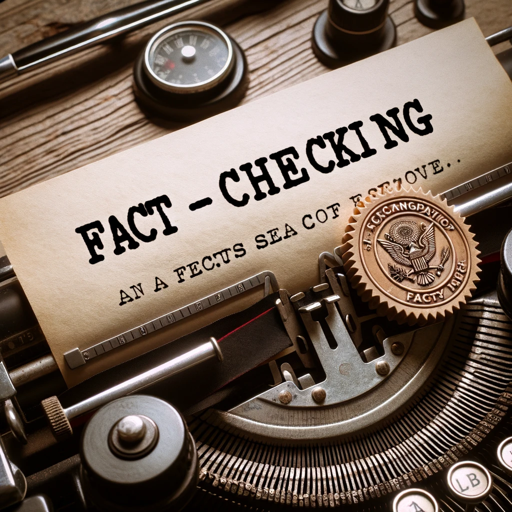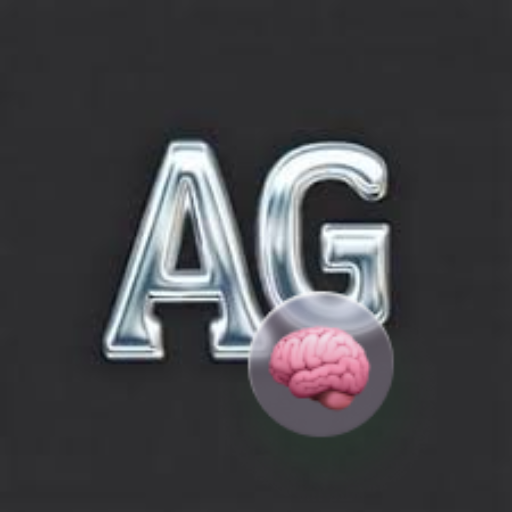Lie Detector-AI-powered truth detection analysis
AI-powered truth detection tool.
Is this statement true?
Analyze this text for honesty.
Can you tell if this is a lie?
Evaluate this claim's credibility.
Related Tools
Load MoreTruth or Lie?
Truth or Lie is a learning game that helps you see how much you know and greatly expand your knowledge.

Statement Judger
I judge the truthfulness of declarative statements and explain my assessments.

Fact Checker
Expert at fact-checking with source citations

Fact Checker
I scrutinize facts with sourced insights.

Fact Finder
Concise, clear fact-checking with source citations.
Detector de Falacias - Fallacy Detector
Detecta y explica falacias lógicas en un texto. Detect and explain logical fallacies in a text. Por @ricardopch
20.0 / 5 (200 votes)
Introduction to Lie Detector
The Lie Detector, also known as Detective, is designed to analyze text and assess the probability that certain statements within the text are deceptive or misleading. Using a combination of deep learning, natural language processing, and psychological principles, it evaluates written content to determine how likely it is that the text contains lies or falsehoods. By analyzing the structure, context, and underlying psychological cues in the language, Detective provides an estimated percentage of the chance that a particular statement may be untruthful. For example, when someone provides conflicting information or uses overly vague language, Detective may flag those sections as having a higher likelihood of deception. In scenarios where facts or reality are easily verifiable, Detective cross-references this with the provided information, offering a more accurate lie probability.

Main Functions of Lie Detector
Text Lie Detection
Example
A user submits a testimonial that claims impossible achievements, such as graduating college at the age of 10. Detective analyzes the likelihood of this claim being true based on reality and common knowledge.
Scenario
This function is often used in situations where testimonials or public claims need to be validated for authenticity, such as in job applications, public statements, or legal disputes.
Contextual Analysis
Example
A political statement claims a certain policy was implemented in 2020, but cross-referencing with factual historical data shows that the policy came into effect in 2021.
Scenario
This is useful in fact-checking public communications, press releases, and social media posts where accuracy is critical. The function checks for consistency between stated facts and accepted reality.
Psychological Language Cues
Example
A suspect in a crime uses non-committal language like 'I think' or 'maybe' when recalling events. Detective flags these statements as potentially deceptive due to the hedging language.
Scenario
This is applicable in legal or investigative settings where suspect statements need to be analyzed for veracity, providing valuable insights for law enforcement or legal professionals.
Ideal Users of Lie Detector
Journalists and Fact-Checkers
Journalists and fact-checkers benefit from using Detective to verify the accuracy of sources and claims before publication. Given the importance of delivering factual information to the public, this user group can apply Detective’s tools to cross-reference statements with known facts and ensure integrity in reporting.
Legal and Investigative Professionals
Detective is highly useful for lawyers, investigators, and law enforcement agents who need to assess the truthfulness of witness statements or suspect interviews. By highlighting inconsistencies and evaluating the probability of deception, these professionals can make more informed decisions in their cases.

How to Use Lie Detector
Step 1
Visit aichatonline.org for a free trial without login, also no need for ChatGPT Plus.
Step 2
Paste the text you'd like to analyze in the chat window, ensuring it is clear and properly structured.
Step 3
Wait for the AI to assess the text using deep learning techniques to detect inconsistencies or signs of deception.
Step 4
Review the percentage-based analysis for each part of the text, highlighting areas that are likely to be truthful or deceptive.
Step 5
Use the overall probability score to gauge the general truthfulness of the full text, keeping in mind the AI's conclusion is a likelihood, not absolute certainty.
Try other advanced and practical GPTs
Vector Art Designer
AI-powered vector design made simple.

Make A Book
AI-Powered Book Creation Made Simple

Home Designer
Transform your home with AI-powered design.

Scholar AI
AI-Powered Learning and Assistance

Sports Betting Master
AI-powered sports betting insights

C.A.N. CODE INTERPETER ALPHA
AI-powered assistance for coding mastery

Ad Creator Pro
AI-powered tool for perfect ads.

Ghostwriter GPT
AI-powered creativity, inspired by you.

Ads Script by SEArcht.nl
Automate Google Ads with AI-driven scripts.

Genesis
AI-powered tool for custom solutions

AutoGen Builder 🧠 v0.2.4
AI-powered collaborative automation for complex tasks.

FFmpeg Knowledge Expert
AI-powered FFmpeg expertise at your fingertips.

- Content Review
- Text Analysis
- Truth Detection
- Deception Detection
- Document Checking
Frequently Asked Questions about Lie Detector
What type of text can I analyze?
You can analyze almost any form of written content, from emails and social media posts to formal documents like essays or contracts. However, the more context and clarity in the text, the better the results.
How accurate is Lie Detector?
Lie Detector uses advanced AI to assess patterns and inconsistencies, but it can only provide probability scores, not guaranteed outcomes. Accuracy improves with context and text clarity.
Can I use this tool for legal purposes?
Lie Detector is designed for informational purposes. While it can help analyze text for potential dishonesty, it should not be relied upon for legal decisions without further verification.
Is the analysis confidential?
Yes, all text inputs are analyzed securely and privately. The system does not store or share data with third parties.
What is the typical use case for Lie Detector?
Common use cases include checking for inconsistencies in personal conversations, evaluating the credibility of online information, or even analyzing academic or professional documents for potential bias or inaccuracies.